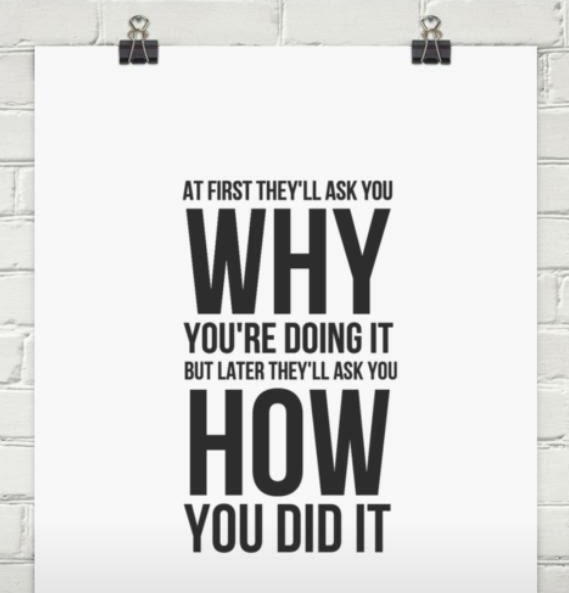How Does Your Voice Work??
Let's start with How is our vocal sound made?
The simple Answer: Sound is made when air passes over/through the vocal chords.
It rises from the lungs through the trachea, over the larynx into throat and out of the mouth. The sound is then amplified by the spaces in the throat, mouth and nasal cavities.
And Here's the more in depth answer....
1. We inhale - air fills the abdomen and lungs.
This is why breathing properly is so important. It creates the foundation for our Voice!
2. Then the Diaphragm helps to Control how the air is released.
The Diaphragm is a muscle located between the bottom of the rib cage & the abdomen. In it's relaxed position it looks like a dome coming up between the lungs.
When we inhale, the lungs fill with air. As they expand they push the diaphragm down and flat and as we exhale, the lungs contract, more space is created & the Diaphragm raises back up into it's dome shape.
Why is the diaphragm so important for singing? Because it supports the rate of our inhale & exhale, thus helping to control the voice.
3. Now the breath is leaving the Lungs
It rises up the Trachea (aka windpipe). The Larynx sits on top of the Trachea so.....
4. This Air Then Passes Over the Larynx. What's a Larynx? See the pic below....
Place your hand on your throat, swallow, you feel that bump in your throat that moves up and down? That is your Larynx aka Adams Apple – (note the larynx is made of cartilage)
So, as the air rises through the Larynx it passes over the vocal cords. The V on top of the picture here represents the location of the vocal cords.
The relaxation of the larynx is another very important part of proper singing because the larynx affects the movement of your vocal cords & it's placement affects the amount of space in the throat.
5. Vocal Cords? Vocal Folds?
The pressure of the air determines the rate at which the cords open and close. The effect is very similar to what happens when you blow into the reed of an instrument.
The faster they vibrate they become more stretched out and the pitch is higher. The opposite for lower pitch – they vibrate more slowly.
Originally their structure was thought to be similar to actual cords (think of guitar strings) that stretched across the larynx.
Nowadays we realize that their structure is actually more like multilayered folds of skin. So technically they are Vocal Folds, but people still often refer to them as vocal cords.
It's important to understand that these little guys are delicate. They are easily affected by our rest, diet, substances, strain and it's important to treat them with care.
6. After passing through the Vocal Cords/Folds the air continues to rise up the throat, into and out of the mouth for the world to hear!
7. The Last (but very important part of this puzzle) is called Resonation. Think of resonation as the vibration, color and tone of the voice.
As the air finishes it journey the spaces in the throat, mouth, & sinuses create resonation. Think of how your voice sounds or echoes in a tunnel? Or how instruments resound in a concert hall? That's the job of the open spaces is to add reverberation to the voice like a concert hall. The layout inside of your concert hall is UNIQUE! And that's why everybody's voice is different – the sound you make is a result of your anatomy. We work in vocal lessons to relax the muscles and open the spaces that resonate so that your special voice can shine through
And there you go! That's a simple explanation of how the voice works and also why in lessons we focus on breathing, releasing the larynx, relaxing the muscles, opening the throat and proper placement.
Any Questions? Drop a line back! Or let's schedule a Consult!
Love, Light, and may your Voice resonate with Joy!



Comments
Post a Comment